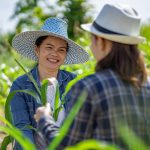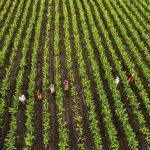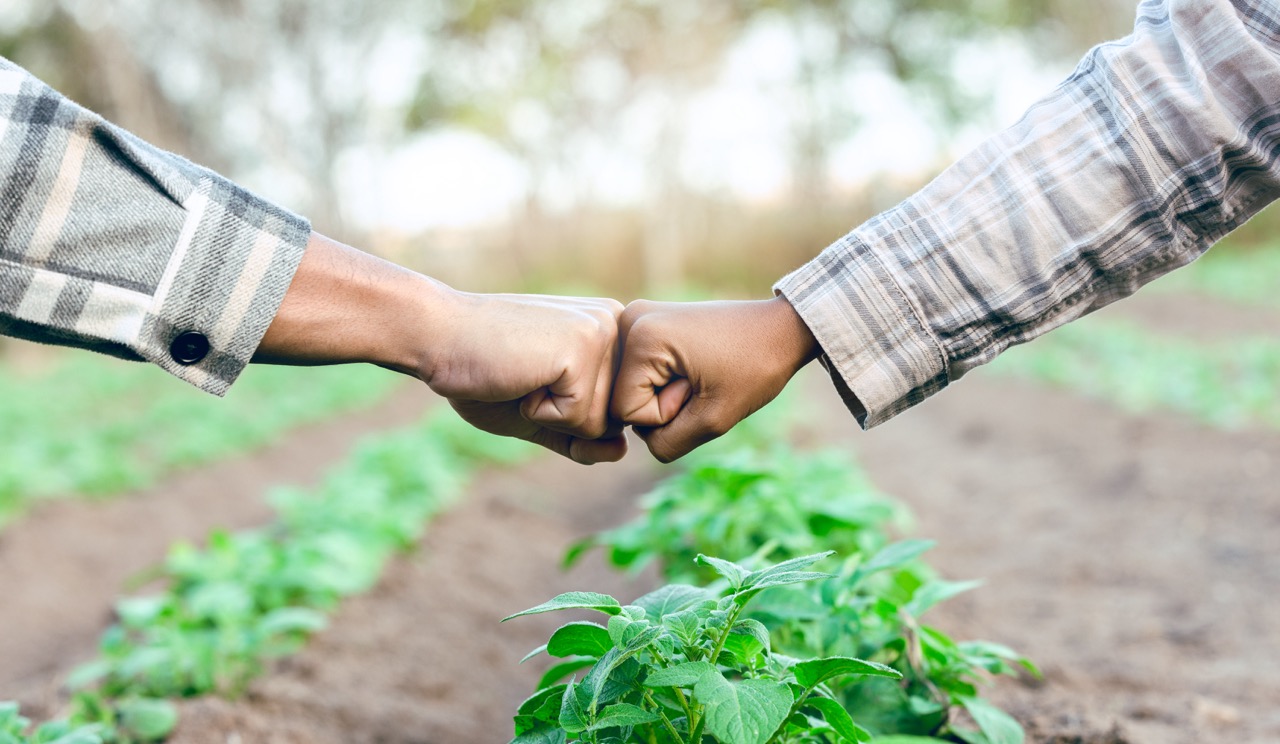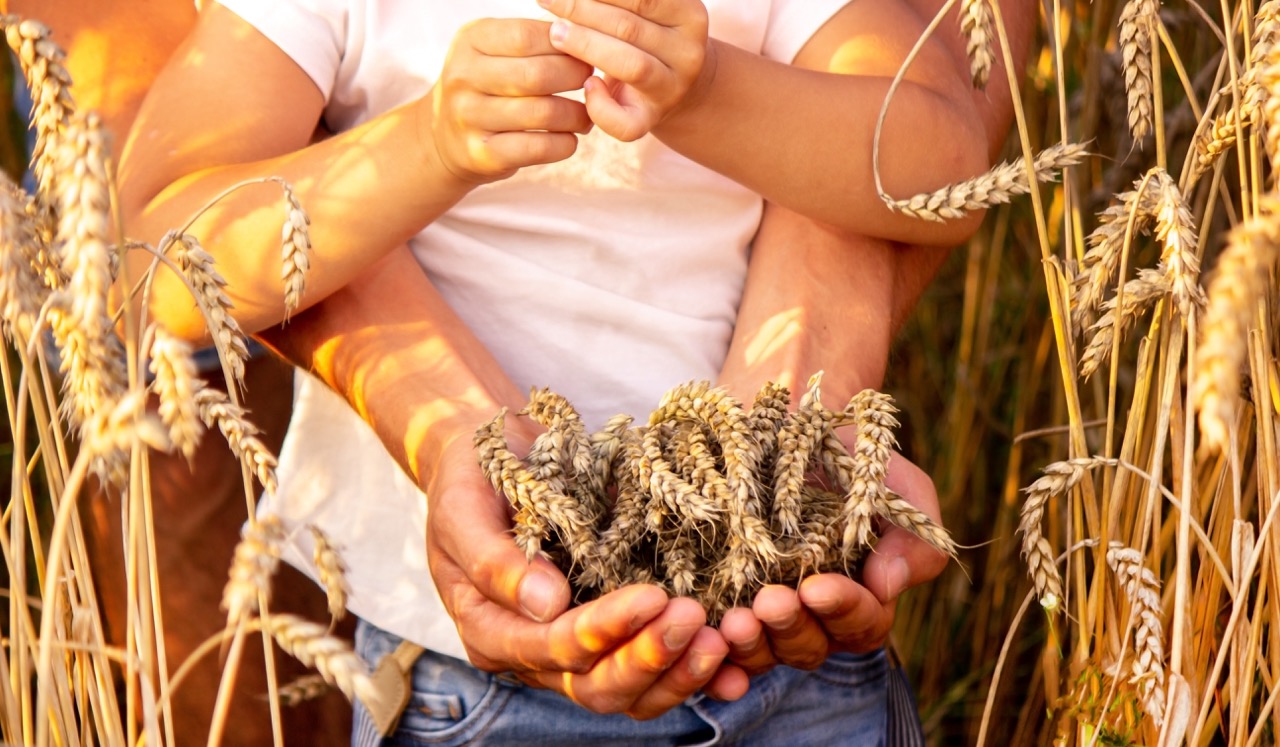Gender inequality remains a significant challenge in the agricultural sector, where cultural norms and economic barriers often limit women’s access to resources and decision-making power. Sharecropping, a system where landowners provide land to farmers for cultivation in exchange for a share of the crop, can serve as a viable vehicle for promoting gender equality. By fostering equitable partnerships, sharecropping can empower women farmers, enhance their economic standing, and contribute to sustainable development. This article explores the dynamics of gender inequality in agricultural partnerships, the potential of sharecropping to empower women, strategies to create equitable agreements, and methods to measure the impact of gender-focused initiatives.
Understanding Gender Inequality in Agricultural Partnerships
Gender inequality in agricultural partnerships is deeply rooted in historical, cultural, and economic structures that prioritize male authority and decision-making. Women farmers often face numerous challenges, including limited access to land, credit, and essential resources such as seeds and training. Despite their significant contributions to agricultural production, women are frequently marginalized in decision-making processes and have little control over the profits derived from their labor. This inequality not only affects women but also hinders overall agricultural productivity and community development.
Cultural attitudes further exacerbate gender disparities, with societal norms often dictating the roles that men and women play in farming. Women are traditionally viewed as caregivers, while men are seen as providers, leading to a lack of recognition for women’s agricultural work. This perception limits women’s opportunities to engage in sharecropping agreements that could otherwise enhance their economic independence and community standing. Addressing these deep-seated biases is crucial for creating equitable agricultural partnerships that benefit both genders.
Additionally, legal frameworks in many countries fail to provide adequate protection for women in agricultural settings, making them vulnerable to exploitation. Without supportive policies and legal rights, women face challenges in negotiating fair terms in agricultural agreements, especially in sharecropping arrangements. Thus, understanding the dimensions of gender inequality in agricultural partnerships is essential for developing effective interventions aimed at promoting gender equality through sharecropping.
The Role of Sharecropping in Empowering Women Farmers
Sharecropping presents a unique opportunity to empower women farmers by providing them with access to land and resources they may not otherwise have. In many instances, sharecropping agreements allow women to cultivate land, generate income, and improve their livelihoods. By participating in these partnerships, women can establish their economic identity, gain financial independence, and contribute to their households and communities. This empowerment has the potential to alter gender dynamics within families and communities, fostering greater equality and collaboration.
Moreover, sharecropping can facilitate the transfer of knowledge and skills, which are essential for agricultural success. When women engage in sharecropping partnerships, they can learn from their male counterparts and share best practices, leading to improved crop yields and economic outcomes. This collaborative approach not only enhances agricultural productivity but also strengthens community ties, as both men and women work towards common goals. Women’s increased involvement in agriculture can help challenge traditional gender roles and inspire future generations to view farming as a viable career for all genders.
Furthermore, as women farmers gain confidence and expertise through sharecropping, they are more likely to participate in local decision-making processes and advocate for their rights. This shift can lead to greater representation of women in agricultural organizations and governance structures, ultimately fostering a more inclusive and equitable agricultural landscape. Thus, sharecropping can serve as a catalyst for systemic change by elevating women’s voices and contributions in the agricultural sector.
Strategies for Building Equitable Sharecropping Agreements
Creating equitable sharecropping agreements requires a multifaceted approach that prioritizes fairness, transparency, and mutual benefit. First and foremost, it is essential to establish clear terms that outline the responsibilities and rights of both parties. This includes specifying profit-sharing ratios, responsibilities for maintaining the land, and agreements on input costs. Transparent communication is key to ensuring that both landowners and farmers understand and agree on the terms, which can help prevent disputes and foster trust.
Education and training play a crucial role in facilitating equitable sharecropping partnerships. Providing women with access to resources, knowledge, and skill development opportunities can empower them to negotiate better terms. Workshops and training sessions focused on negotiation skills, financial literacy, and agricultural best practices can equip women with the tools they need to advocate for themselves effectively. Additionally, fostering supportive networks among women farmers can encourage collective bargaining, enhancing their negotiating power when entering sharecropping agreements.
Finally, involving local communities and organizations in the development of sharecropping frameworks can promote gender equality on a broader scale. Engaging stakeholders, including local governments, NGOs, and agricultural cooperatives, can help ensure that sharecropping agreements reflect the needs and aspirations of both men and women. By promoting inclusive practices and policies that support women in agriculture, communities can create an environment where equitable sharecropping thrives, ultimately contributing to gender equality and sustainable development.
Measuring the Impact of Gender-Focused Sharecropping Initiatives
Assessing the impact of gender-focused sharecropping initiatives is critical for understanding their effectiveness and informing future programs. Key performance indicators can include changes in women’s income levels, access to resources, and participation in decision-making processes. Surveys and interviews can be conducted to gather qualitative and quantitative data, providing insights into how sharecropping agreements have affected women’s lives in tangible ways.
Additionally, evaluating the broader community impact is essential for understanding the ripple effects of empowering women through sharecropping. Increased economic participation by women can lead to improvements in household welfare, education, and health outcomes. By measuring these broader impacts, stakeholders can better appreciate the value of gender-focused sharecropping initiatives and advocate for their expansion and support.
Finally, continuous monitoring and feedback mechanisms should be established to ensure that sharecropping agreements remain equitable and beneficial to all parties involved. Regular assessments can help identify challenges and areas for improvement, allowing for adaptive management of sharecropping partnerships. By prioritizing impact measurement, stakeholders can ensure that gender-focused sharecropping initiatives lead to sustained progress toward gender equality in agriculture.
Promoting gender equality through sharecropping partnerships is not only a moral imperative but also a strategic approach to enhancing agricultural productivity and community resilience. By addressing the underlying issues of gender inequality in agricultural partnerships, fostering equitable agreements, and implementing effective measurement strategies, stakeholders can create an environment where both women and men thrive. In doing so, we can pave the way for a more equitable and sustainable agricultural sector, ultimately benefiting communities and economies worldwide.










